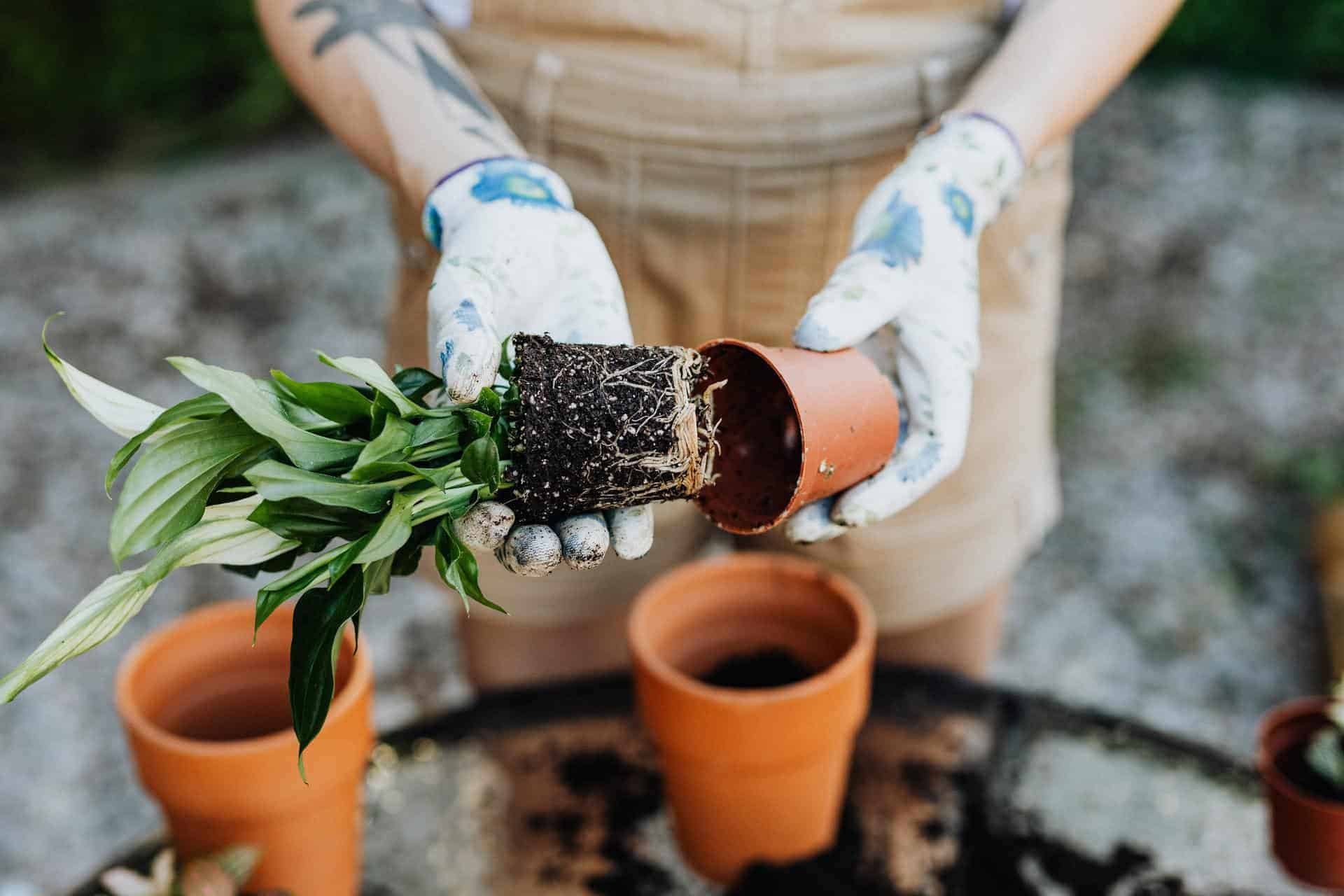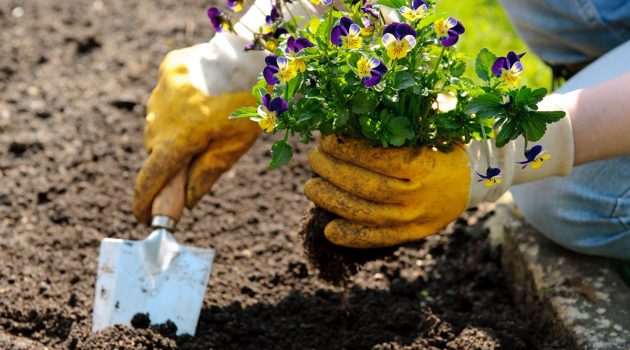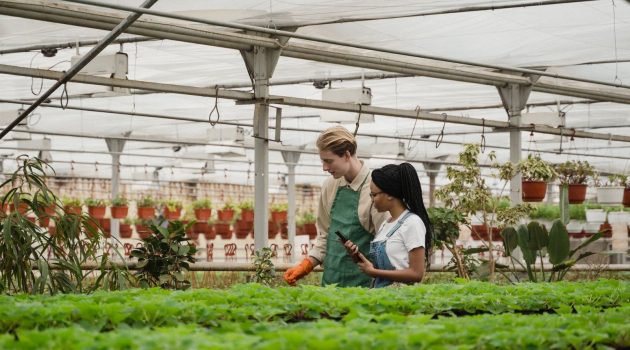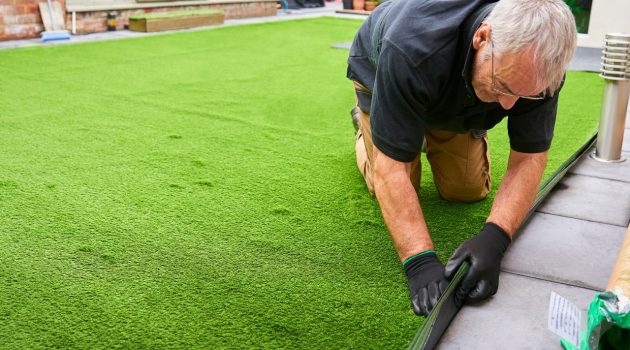I’m sure you remember the feeling of planting your first garden as a kid. It’s that sense of accomplishment, pride, and joy when you’re done. Growing plants is one thing that makes life worth living for people who are passionate about it.
You can help but notice all the little details they have to go through to take care of their plants from watering them daily to fertilizing them.
If you feel like this sounds like something you could be interested in, I recommend investing in these seven essential tools for gardening like a pro.
1. Wheelbarrow
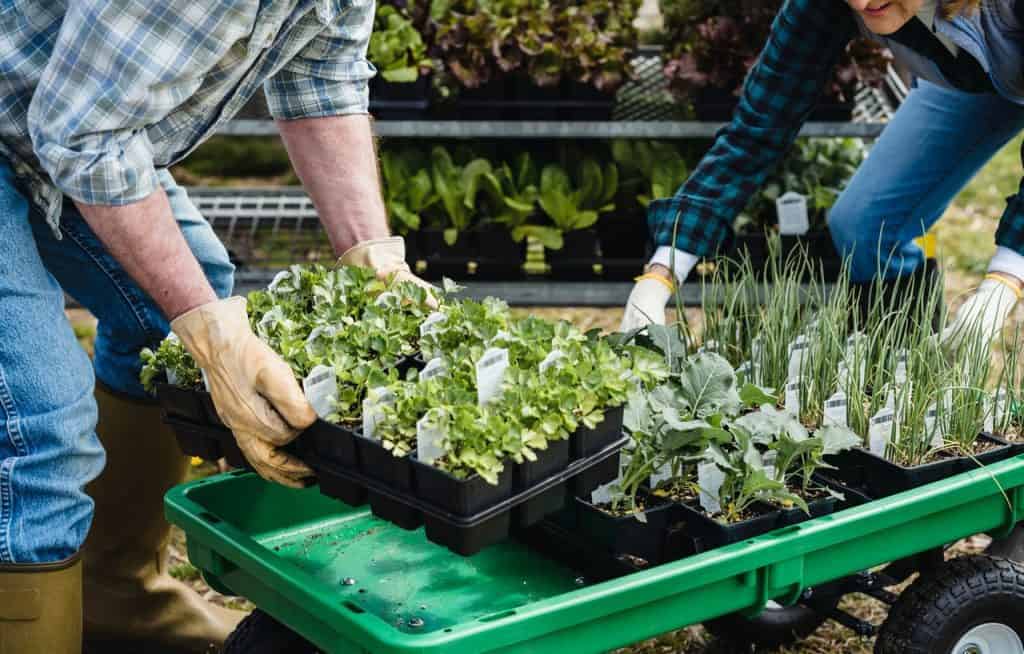
A wheelbarrow is a must-have tool that helps to transport tools, plants, soil, compost, and other garden supplies around.
A great barrow will have large pneumatic tires measuring at least 10″ in diameter, as well as sturdy protruding handles made of metal or wood that can lock into position with an adjustable height option.
Things can get heavy quickly if you’re transporting them by hand, making the wheelbarrow an essential tool for anyone who spends much time working in the yard or using tools.
Although there are many types of wheelbarrows available, different ones will suit different types of work.
They will prevent back pain, loss of time, and increased productivity while making your garden tasks easier and more enjoyable. If you already have a wheelbarrow, then the pitchfork is a must.
2. Scoop Shovel
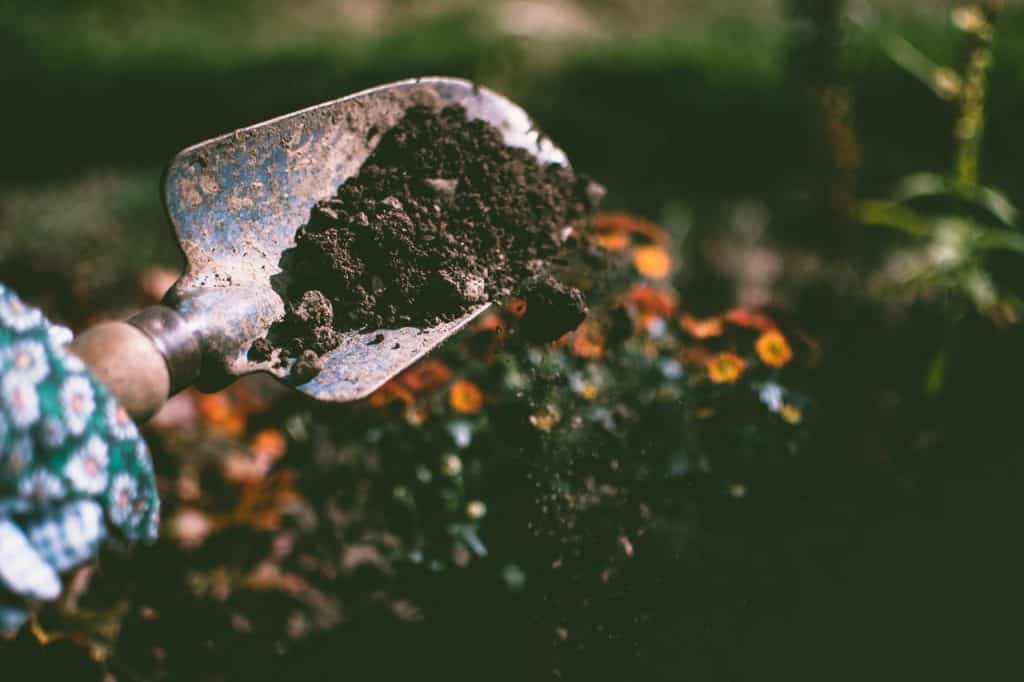
The scoop shovel comes in handy when you need to move a lot of soil, mulch, or compost. This is much more efficient than using a spade because it can easily dig through the soil and lift a larger volume at once.
It’s also good for transporting tools from one place to another without having to bend over, which isn’t very healthy for your back.
There are two different kinds of scoops available: the flat blade shovel has one straight edge that’s flat across its entire surface, which will allow you to pick up more debris in less time than the rounded blade variety.
For this reason, many landscape designers prefer a round blade type because it can hold a larger load at once.
The long-handled scoop is ideal for small tools like seed packets, while it should reserve the short-handled model for heavier tools that require a smaller load capacity.
You may also like:
- 12 Amazing Plants For A Comfy Living Room
- 6 Great Ideas to Optimize Your Outdoor Space
- 20 Floor to Ceiling Fireplace Ideas to to Warm Up Your Home
3. Pitchfork
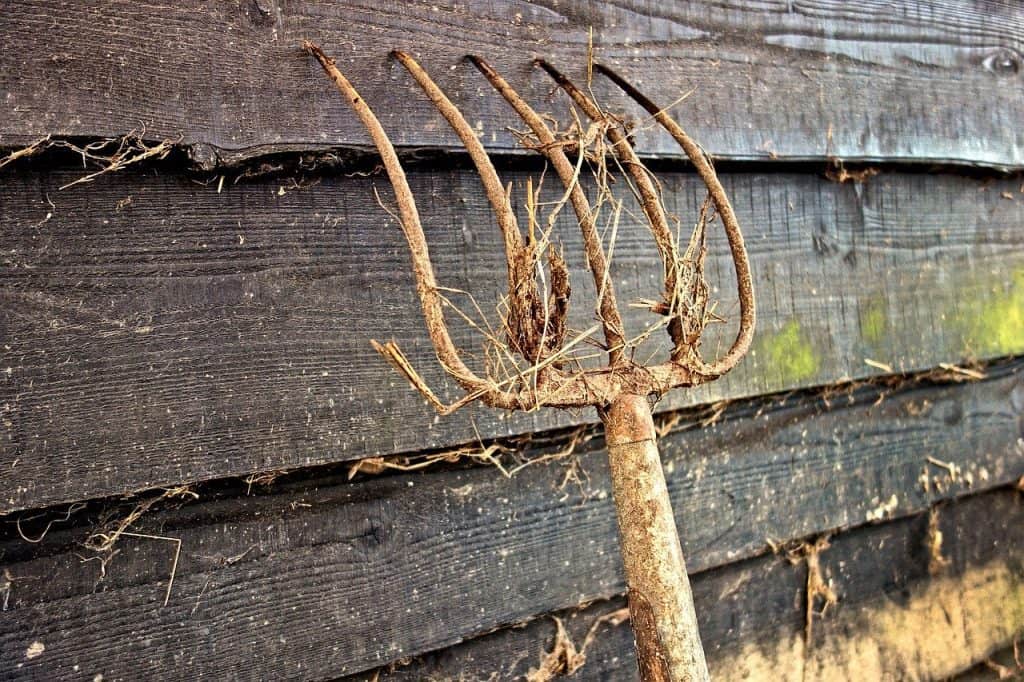
A pitchfork has 4-6 prongs that are used for moving grass clippings, leaves, compost materials, as well as aerating the soil by breaking up large clumps and tilting them from side to side as you toss them aside.
Most pitchforks have six or more tines divided into three sections across the length of the implement. This gives you versatility when picking up hay bales or composting materials from your pile, as well as switching between tasks quickly and easily.
This tool is optional, but if you want to add some flair and detail to your garden tools, it can help.
4. Hard Rake
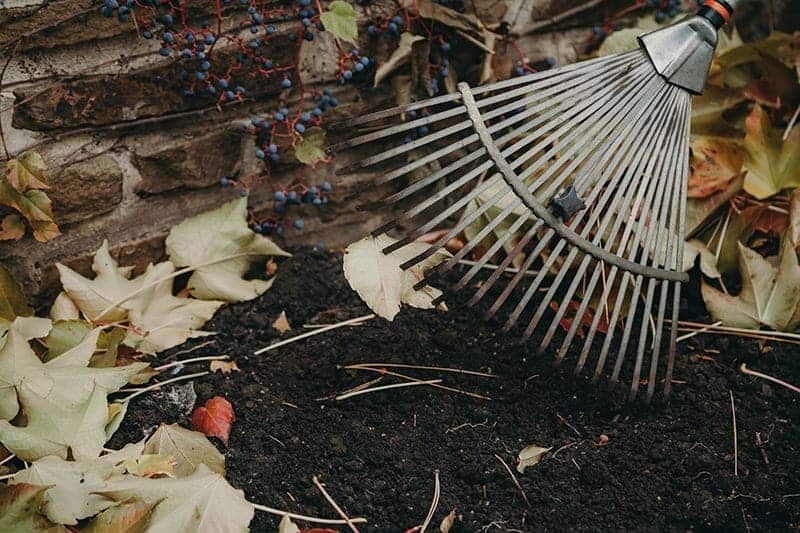
There are two kinds of garden rakes – a leaf raking rake and a hard rake. If you have left to rake, then the leaf raking tools are what you need, but a hard rake can do a much better job for everything else.
It’s also great for shaping borders and edges of flower beds or getting rid of weeds that tend to form along brick walls.
A hard garden rake has metal prongs to level out dirt, clear weeds, and smooth out small bumps. It’s also good for adding decorative top dressing such as pebbles or bark chips.
The hard rake is also ideal for breaking up dirt clumps and smoothing out the surface of your garden to make it easier to plant new seedlings or expose weeds so you can remove them.
They’re available in smaller sizes that are great tools for small flower beds.
5. Landscape Fabric

It prevents weeds from growing by blocking sunlight and stopping water from draining through it. If your soil doesn’t drain well, this material will be necessary because all plants would drown in the water without it.
After all, the water won’t be able to drip down into the ground. Some gardeners prefer to use black plastic, allowing water to get through without letting sunlight or weeds get in.
It’s great for preventing weed growth and conserving soil moisture, and it looks much better than bare ground.
6. Mulch
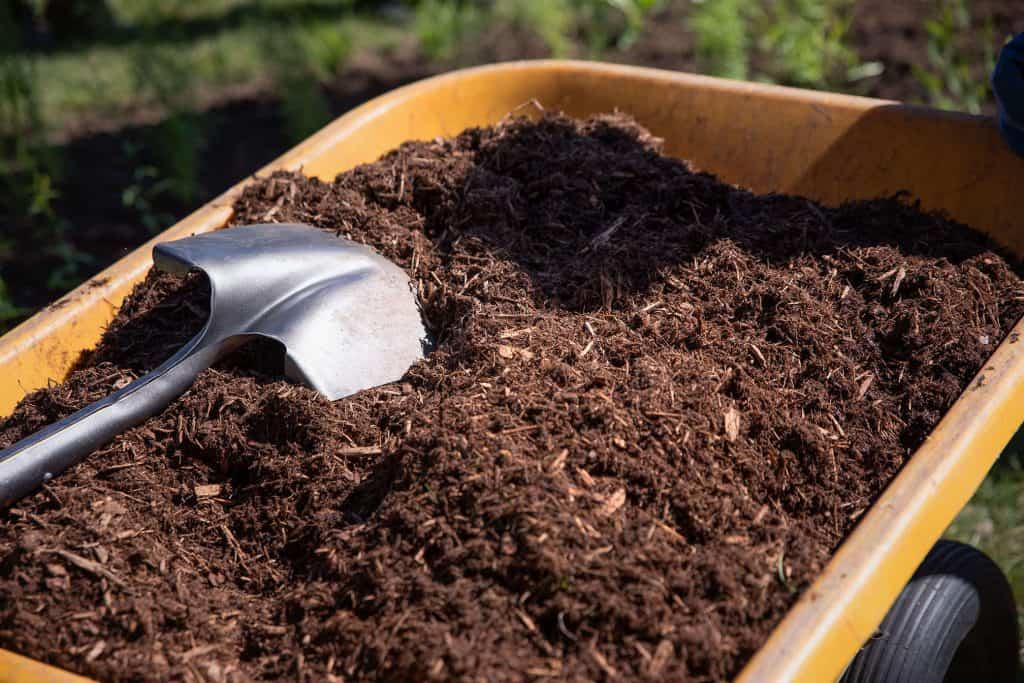
Mulching is laying down a protective coating layer to help the soil retain moisture. It also discourages weeds from sprouting because it blocks out light. There are three different kinds of mulches available: organic, gravel, and rubber-based.
Gravel helps keep weeds away by blocking sunlight from reaching the ground beneath it; this means they can’t grow and take root like they would if you left soil uncovered for them to capture energy from the sun above ground level.
Rubber-based mulch is waterproof and prevents any growth entirely because all plant life needs water to survive – so having a layer between your soil and ensures none will be available.
7. Gloves
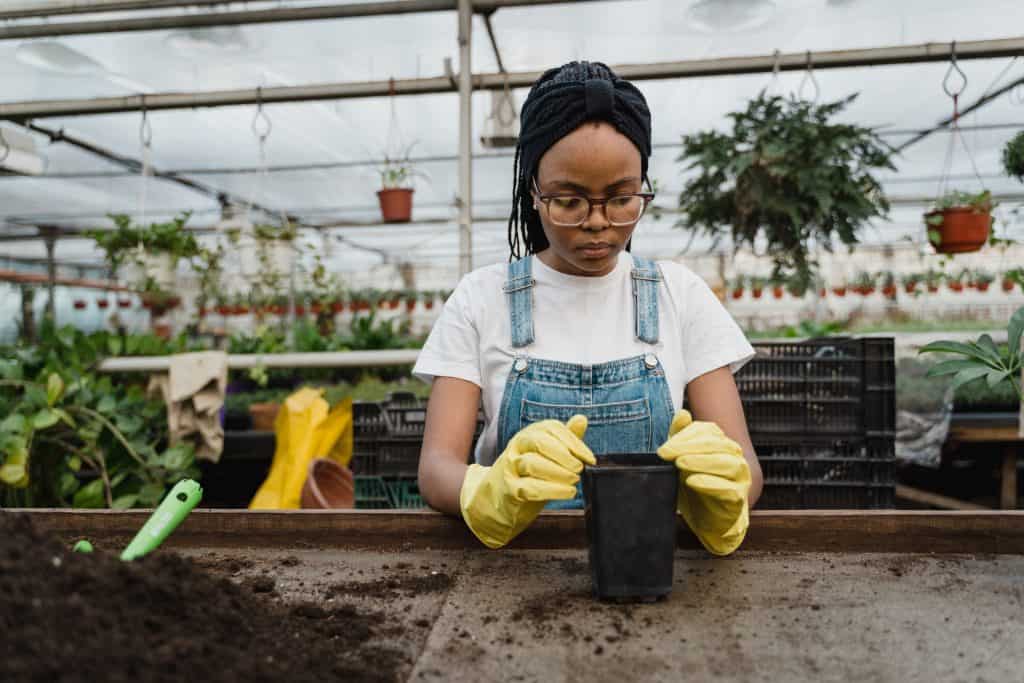
When you’re gardening, it can be easy to forget that tools like hand trowels or shovels may be sharp metal tools capable of cutting through your skin.
To protect your hands, don’t forget to wear thick leather gloves at all times while you work, so you don’t damage them with tools or injure yourself because you forgot they were there.
Gardening gloves come in all different shapes and sizes, depending on what you need them for.
They can be short enough that they don’t even show up past your sleeves, or they could be elbow length with an adjustable strap around the wrist for extra security.
Conclusion
Gardening can be a really fun and healthy activity. It also offers the opportunity to get deep into nature, which we all need more of in our lives.
If you’ve never gardened before or if it’s been a while since you last did any gardening, some tools will make your time outside so much easier and enjoyable.
These seven essential tools for gardening, like a pro, should help with everything from preparing the soil to planting flowers, edging around rocks, or mowing grass.
